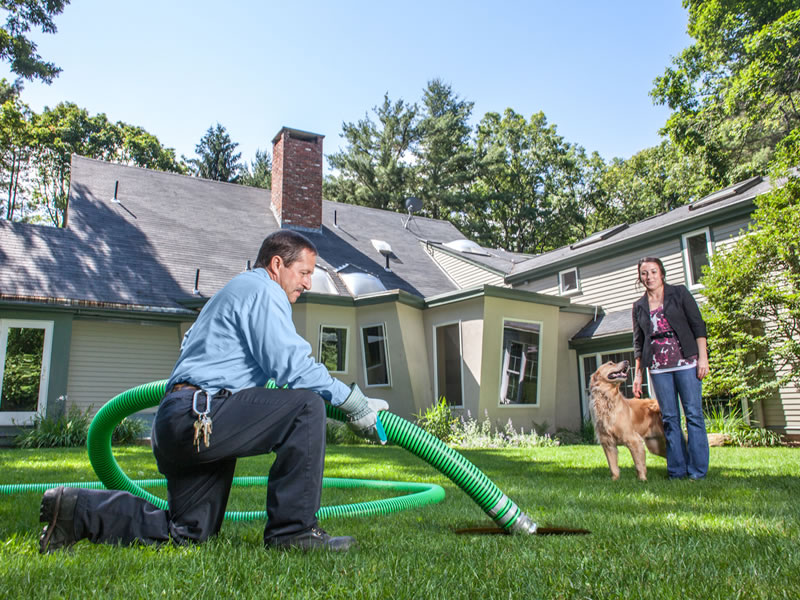What Does Stillwell Septic And Grading Mean?
What Does Stillwell Septic And Grading Mean?
Blog Article
The Facts About Stillwell Septic And Grading Uncovered
Table of ContentsSome Known Details About Stillwell Septic And Grading The Buzz on Stillwell Septic And GradingThe Ultimate Guide To Stillwell Septic And GradingStillwell Septic And Grading Fundamentals ExplainedStillwell Septic And Grading - Truths8 Easy Facts About Stillwell Septic And Grading ShownStillwell Septic And Grading Fundamentals Explained
Overall, septic system installation is a complex procedure that needs careful preparation and execution. Home owners need to work with a reliable installation team and understand local laws and needs to make certain that their septic system works effectively for years ahead. After the septic system has been set up and attached to the drain area, it is time to backfill the location.The backfill material need to be devoid of clods, big rocks, icy issue, and particles that can lead to voids in the backfill that may permit clearing up in time. Squashed rock or pea gravel 1/2-inch in diameter is chosen if native products are not appropriate. When the backfilling is full, it is time to landscape the area.
When the septic tank has been set up, it is vital to test it to make certain that it is working properly (Septic Tank Installation). https://stillwellsag.bandcamp.com/album/stillwell-septic-and-grading. Testing the system includes examining for leaks, making sure that the tank goes to the suitable degree, and checking out the drain field. Among one of the most typical tests executed is the hydraulic tons examination
Stillwell Septic And Grading - An Overview
The water is then checked to guarantee that it streams properly with the pipelines and into the drain field. If the water does not stream correctly or supports right into the container, it might suggest a trouble with the system. Another examination that is frequently executed is the color test.
The color is then monitored to make sure that it moves appropriately with the pipes and right into the drain area. If the dye does not move appropriately or appears in the incorrect area, it may show a trouble with the system. It is important to have an expert execute these examinations to guarantee that they are done correctly.

The 10-Minute Rule for Stillwell Septic And Grading
Below are some vital pointers for homeowners to preserve their septic system: The average house septic system need to be inspected at the very least every 3 years by a septic service expert. The regularity of pumping depends on the size of the container and the number of individuals using it. https://medium.com/@georgebraden29910/about. A general guideline of thumb is to pump the storage tank every three to 5 years
Using water-efficient fixtures and devices, such as low-flow showerheads and bathrooms, can reduce water use and aid the septic tank job much more efficiently. Just flush toilet tissue and human waste down the bathroom. Avoid purging anything else, consisting of feminine hygiene products, baby wipes, and cooking grease, as they can block the system.
The Of Stillwell Septic And Grading
Septic container installment is a complex procedure that needs careful preparation and execution. Home owners have to understand the required actions associated with the installation process to make sure that their septic tank works appropriately and successfully. The very first step is to evaluate the site where the septic tank will certainly be installed.
When the site has been examined, the following action is to prepare for the setup. Homeowners must guarantee that their professional is experienced in septic storage tank setup and will work together with them throughout the procedure.
The 9-Second Trick For Stillwell Septic And Grading

Property owners should recognize the required actions included in the installment procedure to make sure that their septic tank works properly and efficiently. By adhering to these steps and keeping their system, house owners can feel confident that their septic system will offer reliable wastewater treatment for many years ahead.
Almost one in 5 U.S. homes have septic tanks. Yours might be among them. If you're not correctly maintaining your septic system, you're not just harming the setting, you're putting your household's wellness at riskand might be purging hundreds of bucks down the drainpipe! Do Your Component, Be SepticSmart: The Do's and Do n'ts of Your Septic System.
Top Guidelines Of Stillwell Septic And Grading

All that added water can actually stress your septic system. This can be handy specifically if your system has actually not been pumped in a lengthy time.
Not known Incorrect Statements About Stillwell Septic And Grading
Know your system's area. When you have the container pumped, draw a layout or map showing its place in regard to taken care of factors - edges of your home, steps, or fence posts. Ask the pumper to help you situate the drainfield. Note its area on your layout, together with the area of your drinking water well.
Excessive water can harm it. Don't dig, develop, or plant anything apart from yard over the drainfield. Conserve water. Setpic System Repairs. Minimize the amount of wastewater that must be treated and taken care of by your system: Laundry no greater than one or 2 tons of clothes daily. As much as 53 gallons of water flood your septic system with each load, so it's ideal to spread washing out over the week.
Report this page